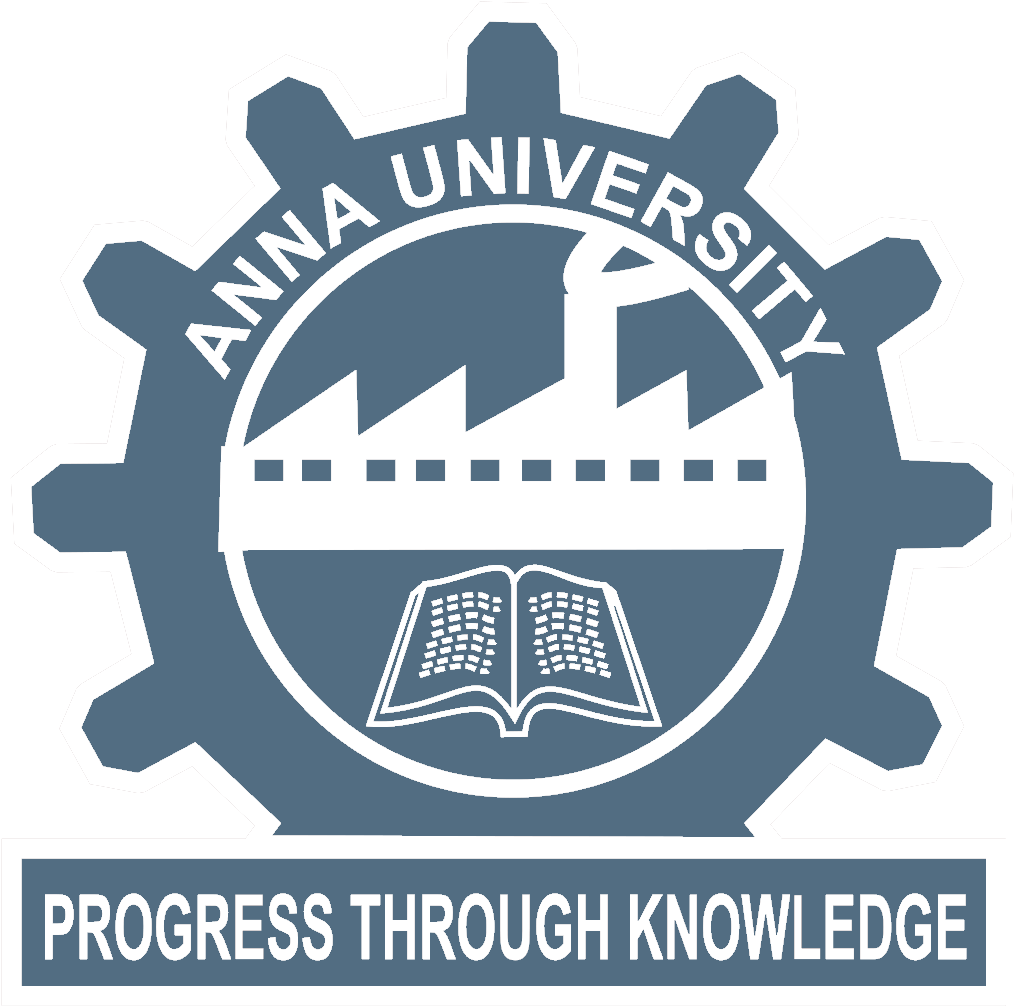Thrust Areas
By the Numbers
249
UG Students
92
PG Students
86
Scholars
17
Faculty
7
Staff
22
Patents
86
Projects
246
Publications
4024
Citations
21
H-Index
Message from the HOD
Dr. K.M. Parammasivam
PROFESSOR
Professor K.M. Parammasivam, Head of the Aerospace Department, it is my pleasure to extend a warm greeting to all visitors to our website. Here, you will find a glimpse into the dynamic world of aerospace engineering and exploration that we are privileged to be a part of. Our department is more than just a collection of classrooms and laboratories it is a vibrant community of scholars, researchers, and innovators united by a shared passion for aerospace. Whether you are a prospective student, a curious enthusiast, or a seasoned professional, we invite you to explore all that our department has to offer. At the Aerospace Department, we are dedicated to excellence in both education and research. Our faculty members are renowned experts in their fields, bringing a wealth of knowledge and experience to the classroom and beyond. Through their mentorship, our students are empowered to push the boundaries of what is possible and embark on journeys of discovery that will shape the future of aerospace technology. Our research endeavors span a wide range of areas, from fundamental studies in aerodynamics and propulsion to the development of cutting-edge aerospace systems and technologies. Whether its exploring the outer reaches of our atmosphere or designing the aircraft of tomorrow, our researchers are at the forefront of innovation, driving advancements that have the potential to revolutionize the way we travel and explore the cosmos.
Events
Mar16
ToMar17
FLIGHT'24
Symposium and Alumni Meet conducted by Aerospace Engineering Department
Apr04
Indian Landing in Space
40th Anniversary of the First Spaceflight Indian Cosmonaut Rakesh Sharma
May03
ToMay04
Technical Seminar
EMERGING TECHNOLOGIES IN AEROSPACE DEVELOPMENTS
Sep30
Guest Lecture
Speaker-Dr.R.Krishnamurthy Group Director, Design Group,DRDL - Hyderabad
Oct15
Youth Awakening Day
Association of Aeronautical Engineers (AAE) organizing a Technical seminar
Oct15
Youth Awakening Day
PROGRAMME SCHEDULE OF ONE DAY TECHNICAL SEMINAR ON YOUTH AWAKENING DAY
